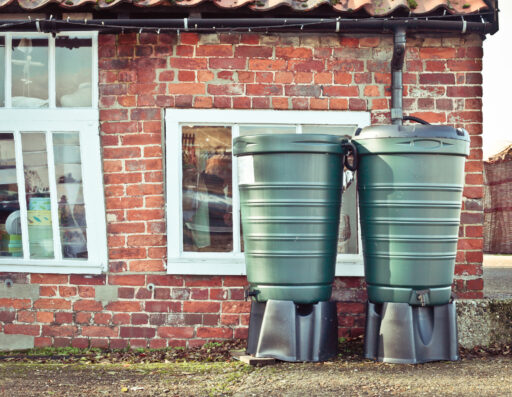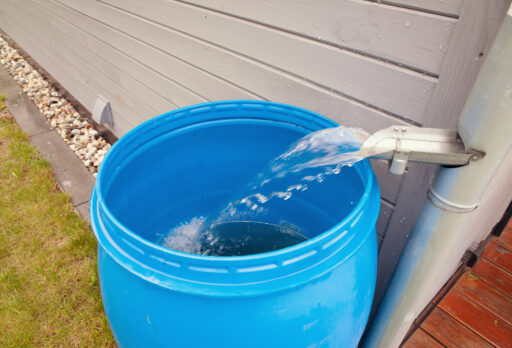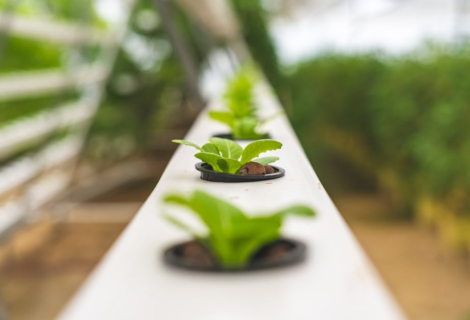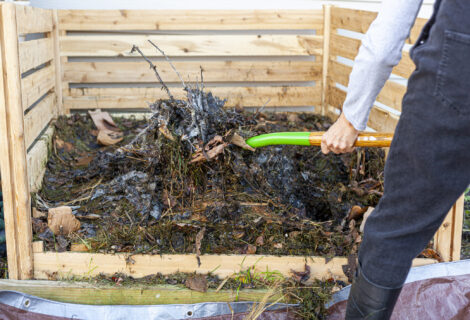Water resources have become a pressing concern. The United Nations projected a 20% reduction in water resources due to climate change. Hence, it’s crucial to adopt effective conservation methods. Rainwater harvesting is an efficient and sustainable approach among various methods.
Harnessing rainwater that naturally falls on rooftops can significantly reduce dependence on municipal water supplies and actively contribute to a greener and more sustainable future. It’s highly recommended to learn more about rainwater harvesting and its potential benefits for water conservation. These maintenance steps can ensure a smooth flow of rainwater and maximize the effectiveness of your rainwater harvesting system.

This article will explore how to maximize your eavestrough, also known as gutter, for rainwater harvesting and discuss practical tips to make the most of this eco-friendly practice.
Understanding Rainwater Harvesting
Rainwater harvesting involves collecting and storing rainwater for various purposes, such as irrigation, gardening, and household use. It’s a simple yet powerful technique that significantly reduces water consumption and lowers utility bills. Instead of allowing rainwater to flow away from your property, you can collect it and put it to good use.

Maximizing Your Eavestrough For Rainwater Harvesting
In the pursuit of sustainable living and water conservation, rainwater harvesting has gained significant attention. Maximizing your eavestrough or gutter system for rainwater collection can harness this natural resource and contribute to a greener future.
- Ensure Proper Eavestrough Maintenance
It’s crucial to maintain a well-functioning eavestrough system to optimize rainwater collection. Regularly inspect and clean your eavestrough to remove debris such as leaves, twigs, and dirt. Clogged gutters hinder water flow, leading to inefficient harvesting.
It’s best to schedule a cleaning session at least twice a year, especially during the fall when leaves accumulate. Doing so helps ensure your eavestrough is free from clogs.
- Install Leaf Guards
Leaf guards or gutter screens are effective tools to prevent debris from entering your eavestrough. These mesh-like coverings allow water to pass through while blocking leaves and larger particles. By installing leaf guards, you can minimize clogging and ensure a steady flow of rainwater into your harvesting system.
- Optimize Downspouts
Downspouts are vertical pipes that connect your eavestrough to the ground or storage system. Position them strategically to maximize rainwater collection. Consider redirecting rainwater from downspouts towards rain barrels or storage tanks for a seamless flow from the roof to the collection point. Optimizing downspout placement can enhance the efficiency of your rainwater harvesting system.
- Utilize Rain Chains
Rain chains are decorative alternatives to traditional downspouts. Like downspouts, they guide rainwater from the eavestrough to the ground in a visually appealing manner. Using rain chains adds aesthetic value to your property while harvesting rainwater effectively. Install a rain barrel or a rain chain basin at the bottom of the chain to collect the water efficiently.
- Employ Rain Barrel Systems
Rain barrels are a practical and eco-friendly way to save rainwater for later use. To make the most of rain barrels, it’s important to place them under downspouts or rain chains so they directly collect water from the gutters.
Cover the rain barrel with a mesh screen to keep the collected water clean. This screen acts as a barrier, stopping debris and contaminants like leaves from entering the barrel. It also prevents mosquitoes from breeding in the standing water. The mesh screen should allow water to flow through but keep unwanted particles out.
Once the rain barrel is set up and covered, you can easily access the collected water for various uses. Connect a hose or tap to the barrel, and you can water plants, clean outdoor equipment, or use the water for non-drinking purposes indoors if it’s properly filtered or treated. This way, you can make the most of the rainwater you’ve collected and reduce your reliance on treated water for certain activities.
- Consider Overflow Mechanisms
During heavy rainfall, it’s important to prevent water damage and overflow in your eavestrough and rain barrel systems. If these systems can’t handle the amount of rain, water can build up quickly and cause problems. To avoid this, you should install overflow mechanisms.
Overflow mechanisms are designed to divert extra water from the eavestrough or rain barrel so it doesn’t overflow and cause damage. Remember to assess your specific needs and the capacity of your systems before choosing overflow mechanisms. You can consult a professional or do some research to find the best option for your situation.
- Incorporate Filtering Systems
While rainwater is generally clean, it may contain some impurities collected from the roof surface. To ensure the quality of harvested water, consider incorporating filtering systems into your rainwater harvesting setup. Filtration methods such as sediment filters, carbon filters, or ultraviolet (UV) sterilization can help remove contaminants, ensuring the water is safe for various non-potable uses.
Conclusion
As global consciousness regarding water preservation grows, rainwater harvesting is a valuable and sustainable method for conserving this precious resource. Individuals and communities can actively contribute to enhancing water availability and promoting sustainability by delving into the techniques and practices associated with rainwater harvesting. By implementing these practical strategies, you can tap into the potential of rainwater, safeguard natural resources, and work towards a more sustainable and water-conscious future.








